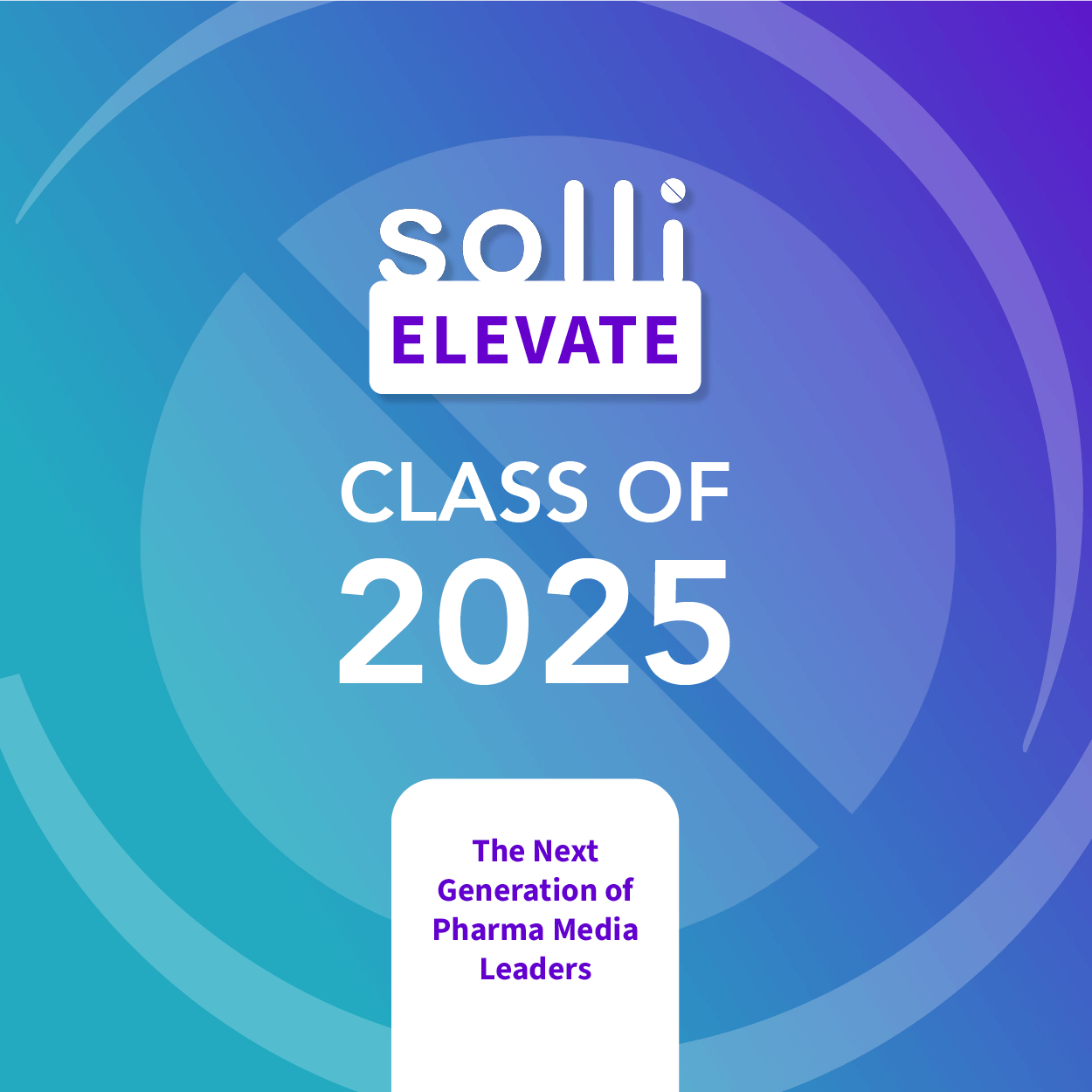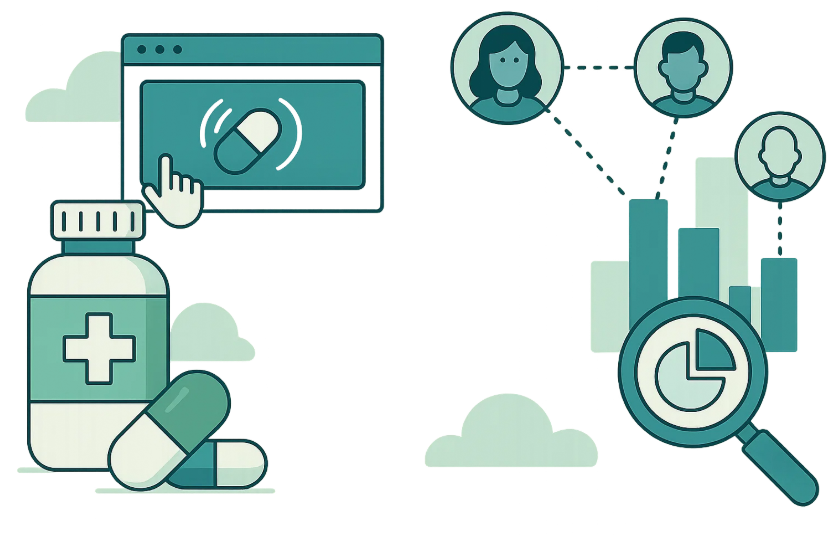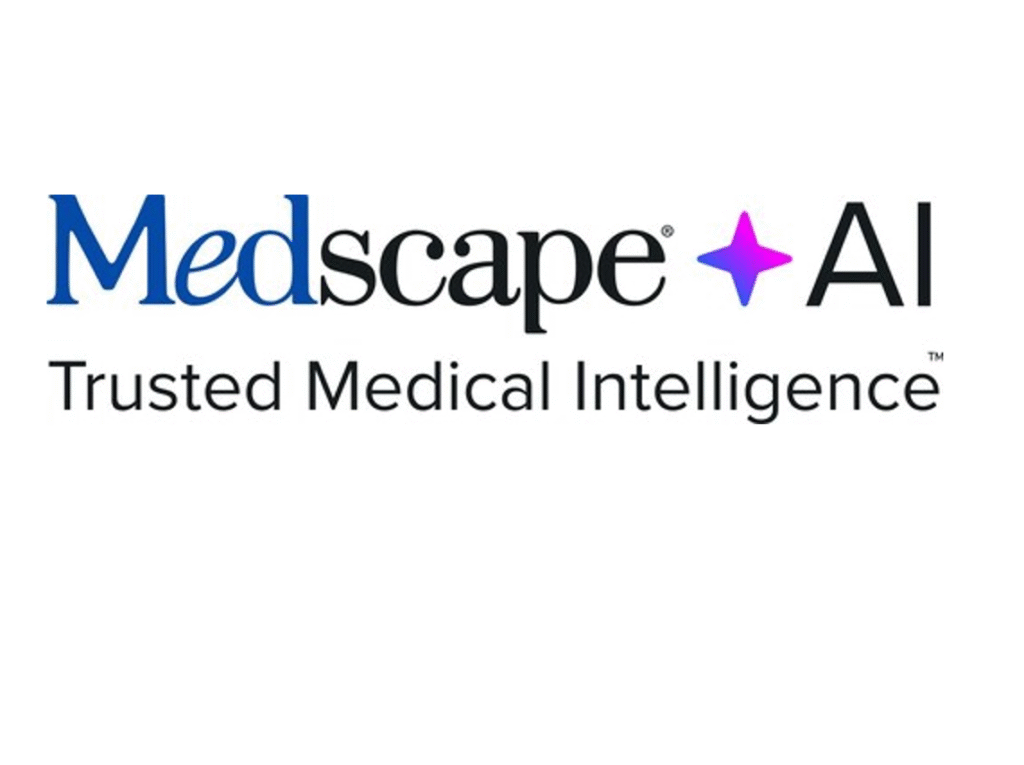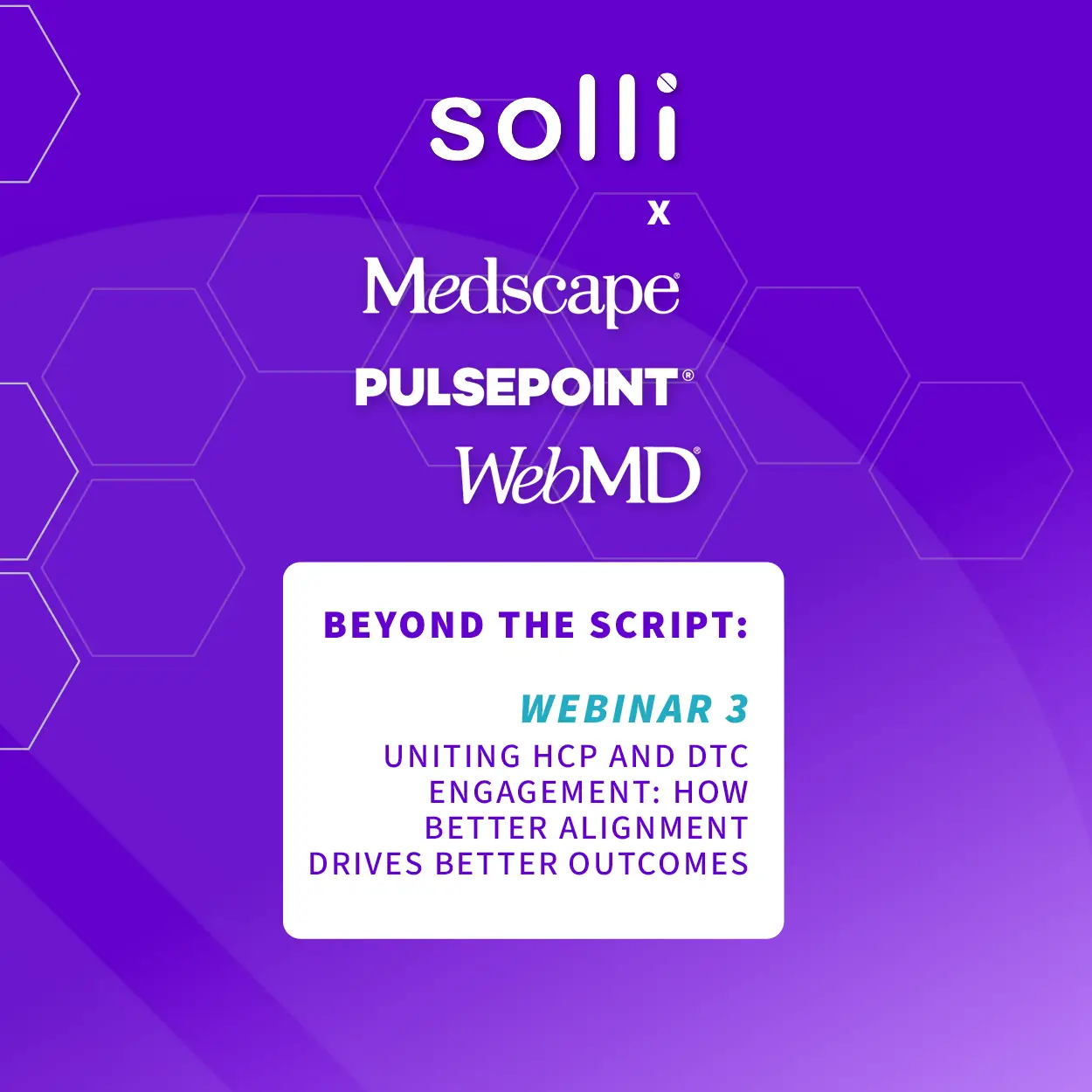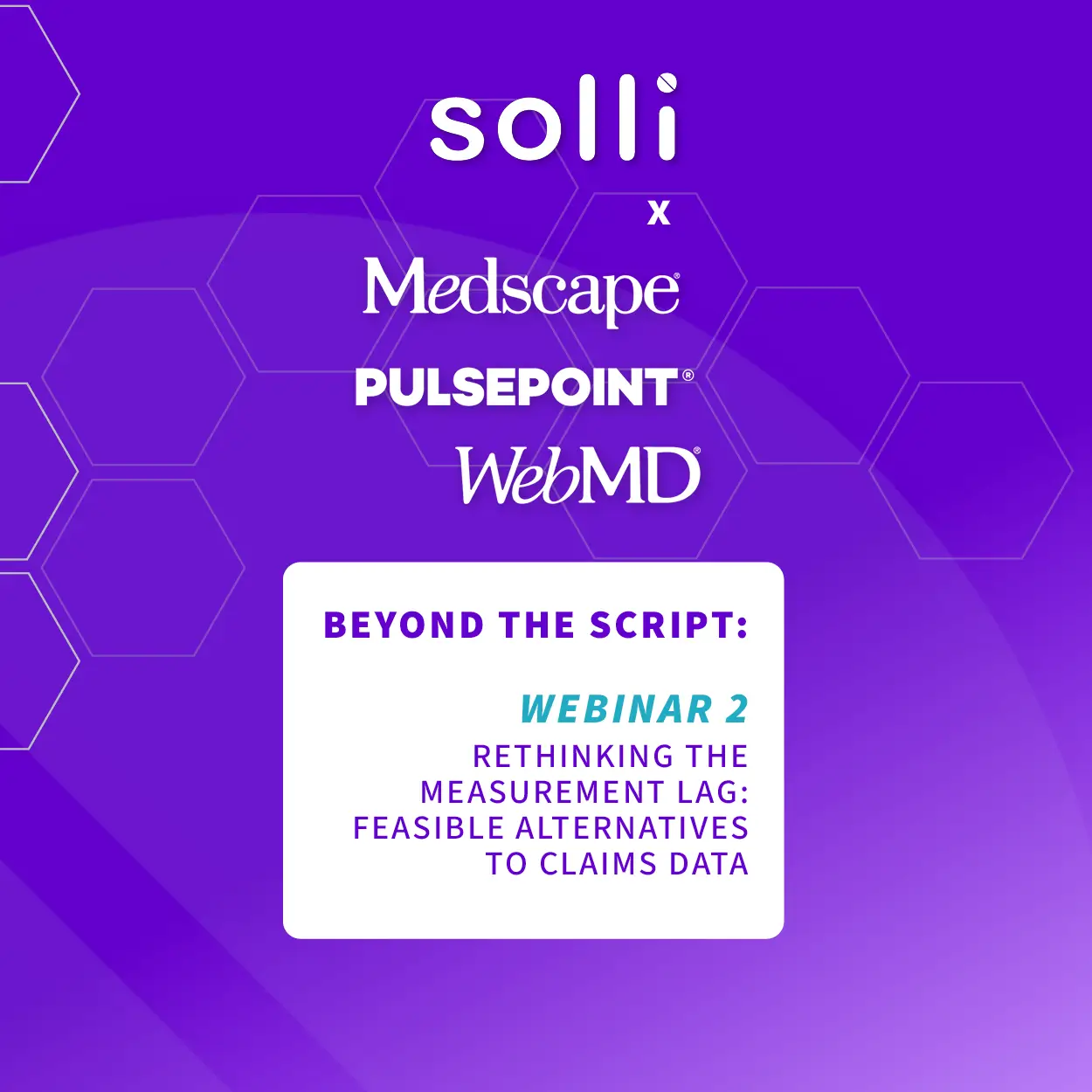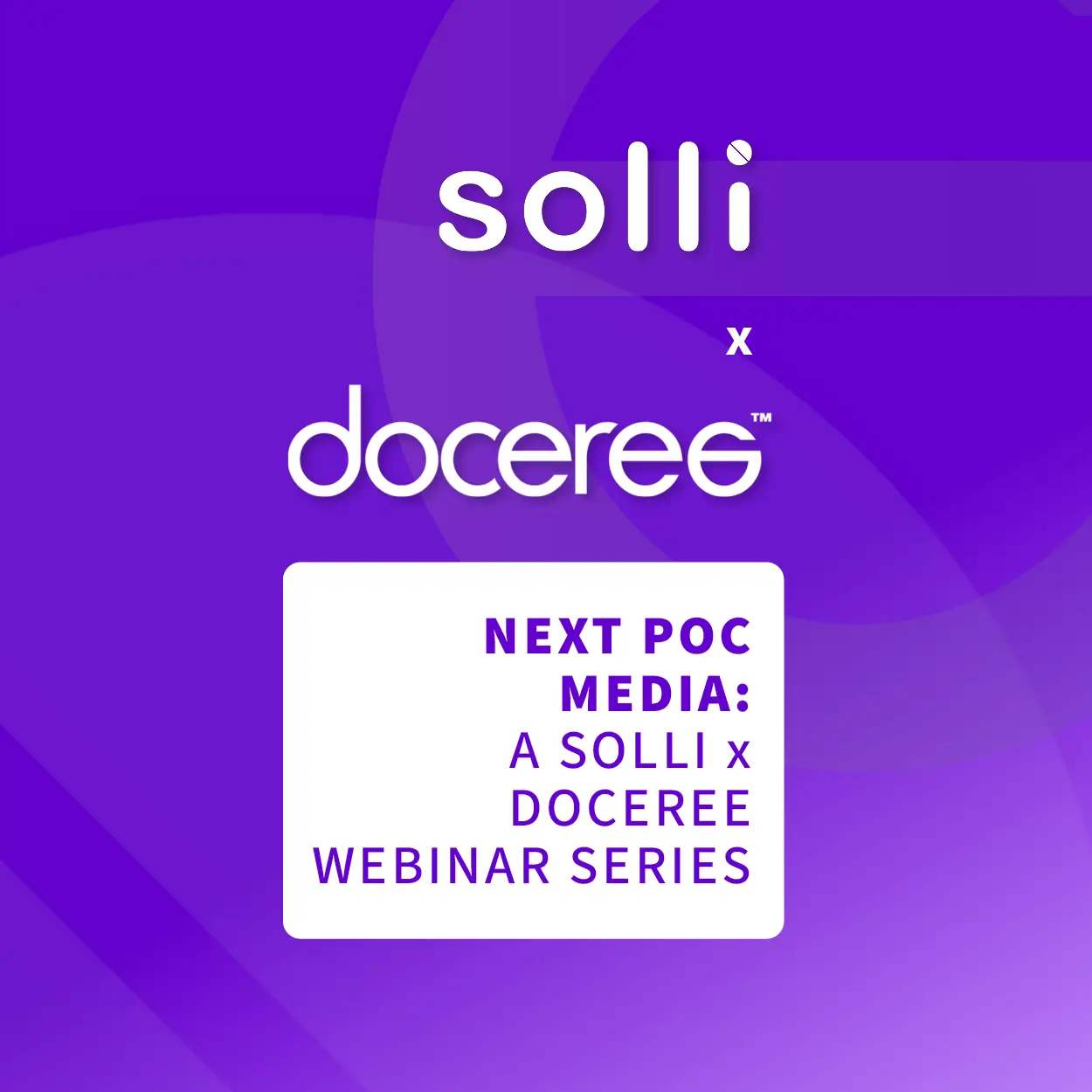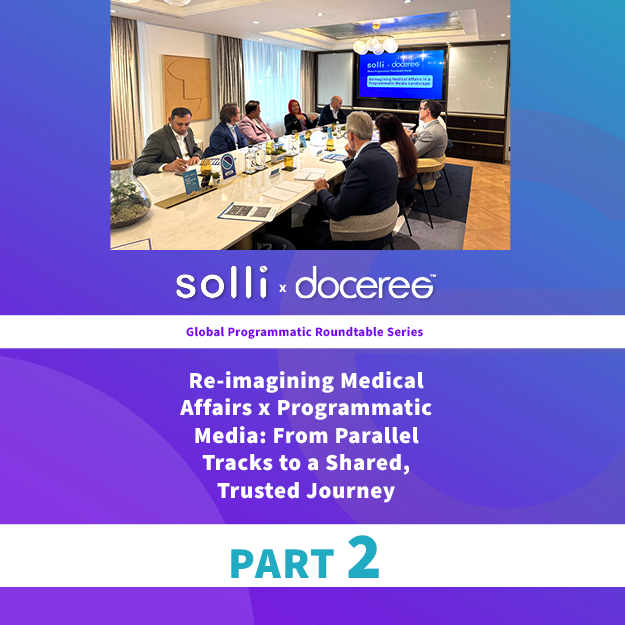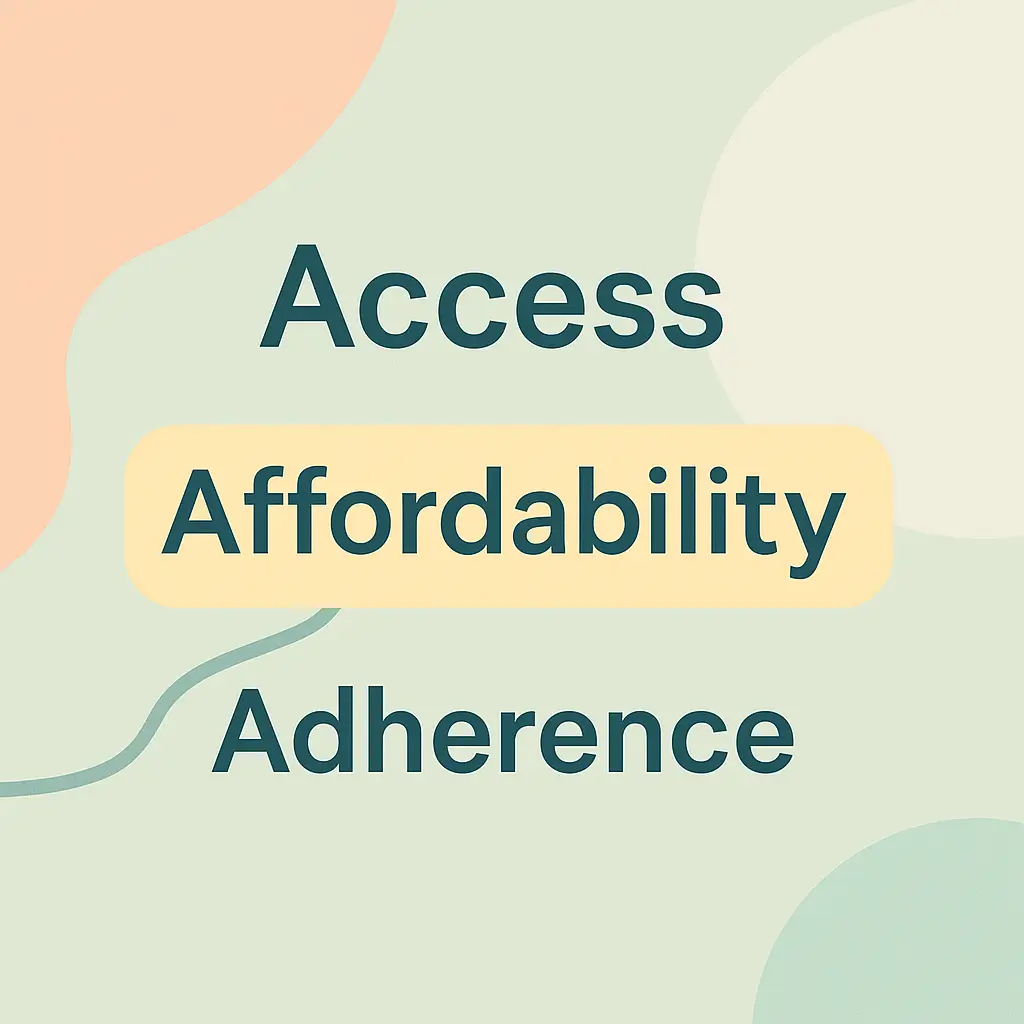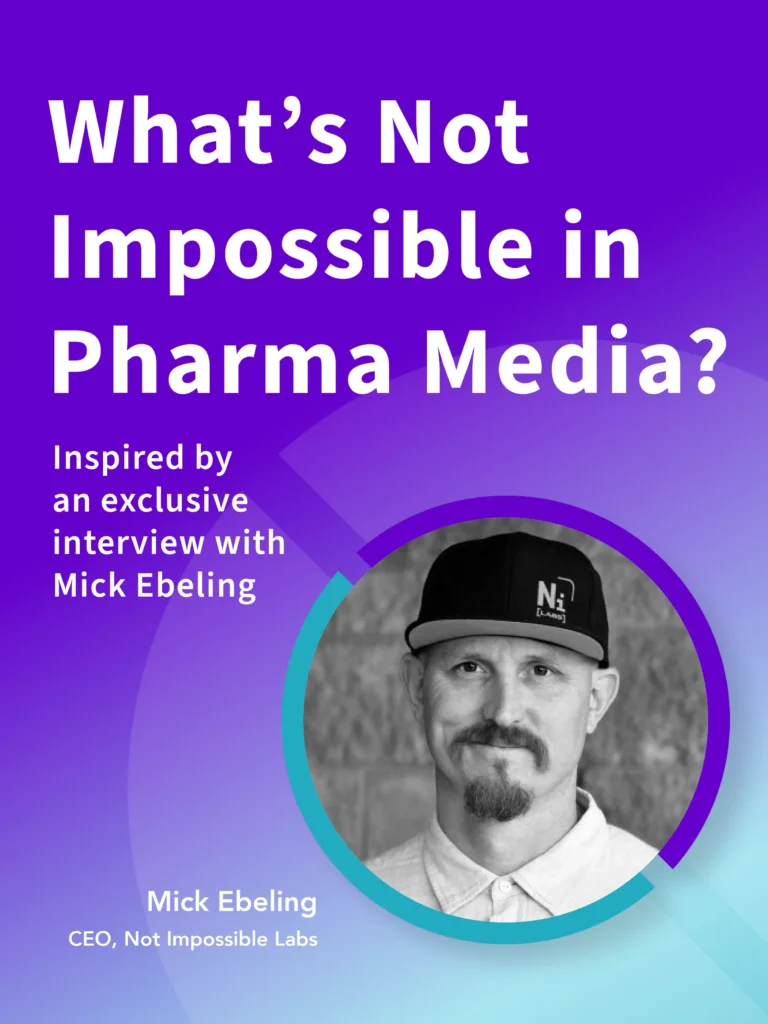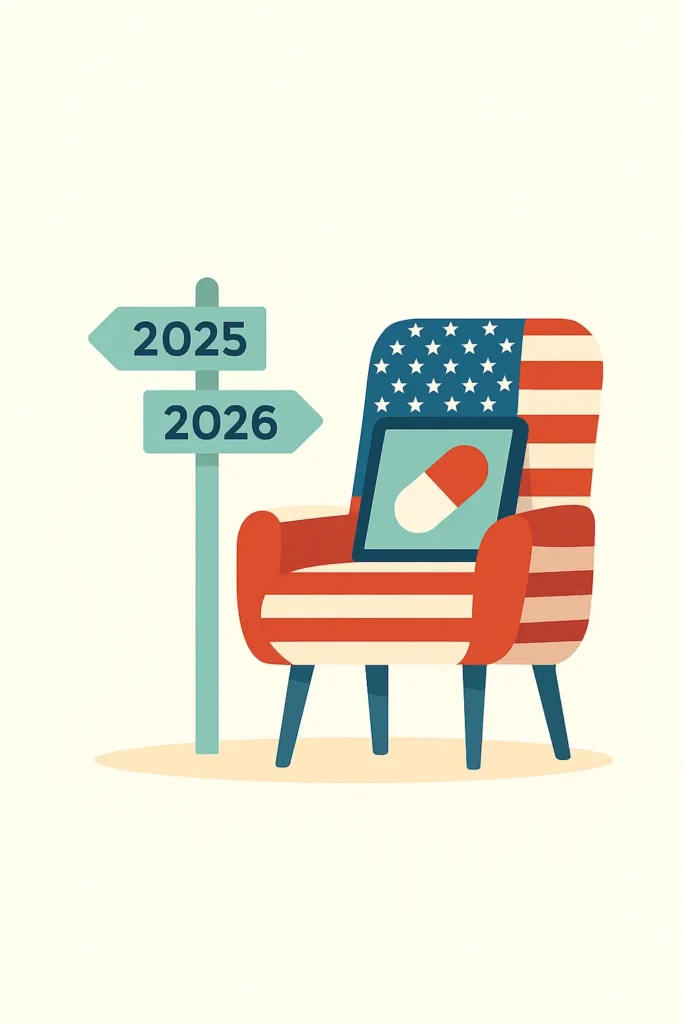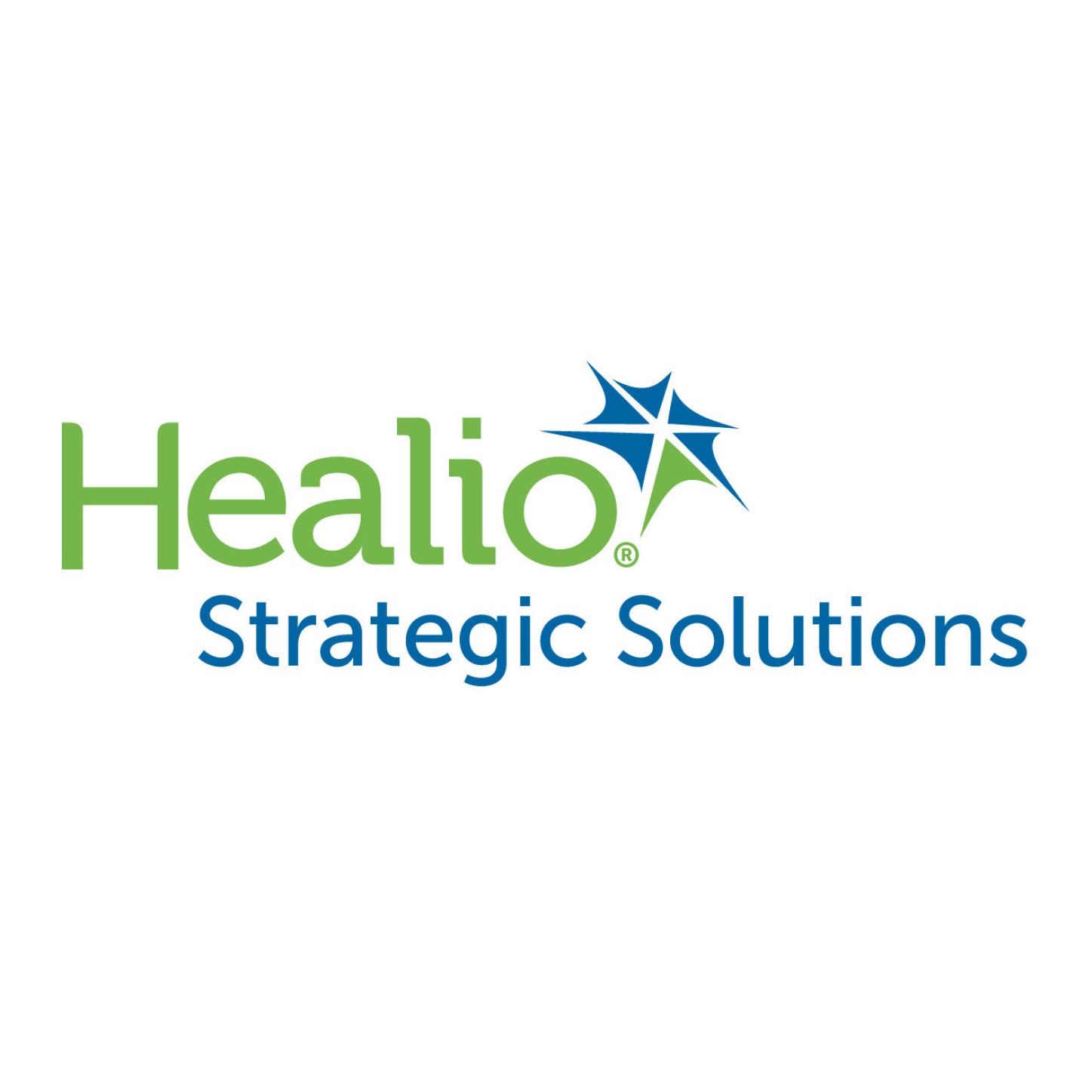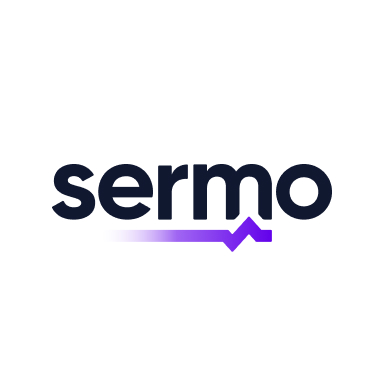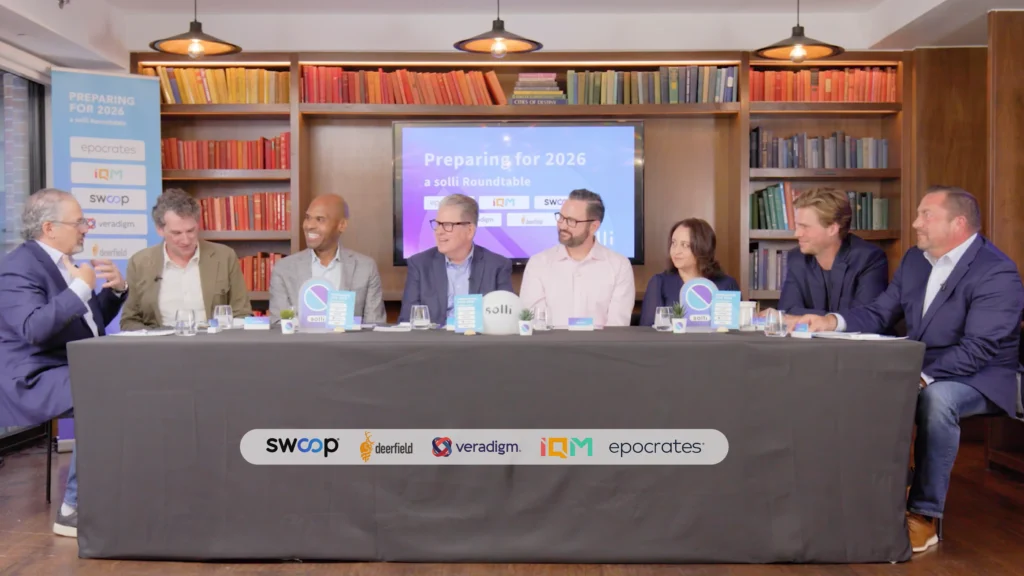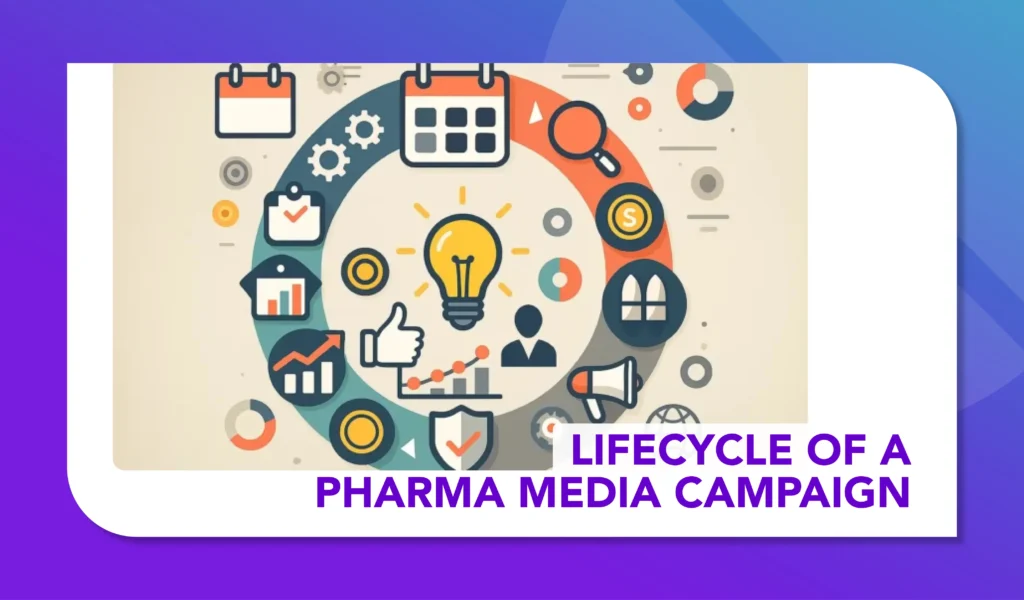US Pharma Media at the Crossroads
Taking Stock of 2025 While Sitting in the Waiting Room for 2026
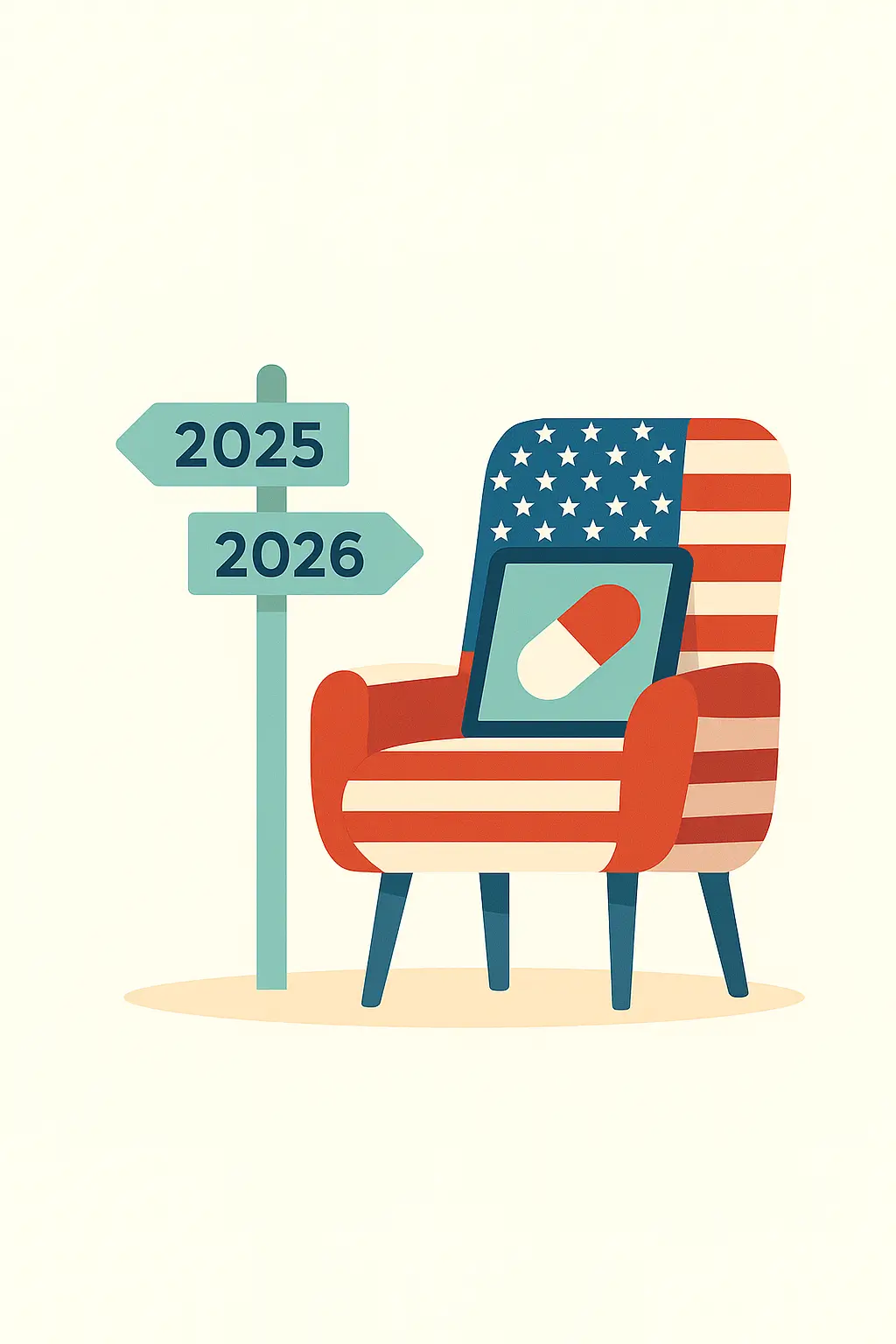
Symptoms of an Eventful Year on the Horizon
As we head into 2026, the pharmaceutical industry is in the midst of notable shifts. Namely, big advertisers have undergone agency reviews: e.g., J&J, Merck, Bayer. The agency shake-up will no doubt lead to more account review activity in 2026: Omnicom/IPG merger, WPP Media reset, Dentsu re-evaluating its business model, and the just announced Havas/Horizon partnership.
In addition, the US regulatory environment is threatening to become more restrictive, with focus on DTC advertising. At the same time, the patient is trying to discern what their healthcare will look like — Are COVID vaccines covered; can I get one; will school age children require basic vaccinations; cuts to Medicaid. It is a confusing time.
Lastly, there is also churn in the media marketplace itself with the FCC exerting influence on programming content.
Pharma Advertising in Q4 2025: A Market on Edge
By the close of 2025, the U.S. pharma media industry finds itself in a peculiar position: still flush with cash, still vital to patients, but caught in the crosswinds of politics, economics, and technology.
It’s the advertising equivalent of sitting in the waiting room with a stack of outdated magazines—everyone knows change is coming, the question is how long the wait will be, and whether the prescription will be affordable.
Consumers: Tightening Belts, Tightening Choices
The American consumer is, to put it bluntly, not feelin’ it in late 2025. Inflation may be moderating on paper (+2.9%), but key essentials are climbing faster: groceries up 3.2%, shelter 3.6%, transportation 3.5%, and healthcare 4.2%. Used cars? At +6%, cheaper to keep your current wheels on the road for another year at least.
The fallout is obvious: store brands are winning, subscription services are losing, and credit card bills are ballooning, with an uptick in late payment and defaults. While affluent households may be less impacted and continue to spend as they have, middle- and lower-income families — the core market for many prescription drugs — are making harder choices.
For pharma advertisers, this creates a paradox: medications remain a “need,” but affordability concerns are louder than lifestyle aspirations. Campaigns touting support programs or cost savings are likely to land better than glossy ads promising a “new you.”
Media: A Seismic Shake-Up
If the consumer story is about tightening belts, the media story is all about adapting to the shifting ground under your feet.
In 2025, legacy networks were dragged into messy legal and political dramas. CBS (Paramount) shelled out $16 million, ABC $15 million, and The New York Times was hit with a jaw-dropping $15 billion defamation suit that has been dismissed, pending appeal. Meanwhile, late-night comedy—a once safe refuge for advertisers—saw two shows pulled under political pressure, one has since returned.
On the corporate side, regulatory approval for Paramount’s $8 billion merger with Skydance was made contingent on slashing DEI initiatives and tightening content oversight.
It is predicted the Omnicom and IPG merger will result in up to 6,000 jobs lost. The shakeout among the holding companies will reset the agency landscape profoundly…and it is far from over.
And then there’s pharma’s own headache: the administration has sent warning shots at Big Pharma ads, hinting at tighter rules on prescription drug promotions. For an industry already scrutinized for transparency and ethics, the signal is clear: tread carefully, and keep the legal teams close at hand.
2025 Ad Spend: Up, But Smarter
Despite the turbulence, advertising dollars are still flowing. U.S. ad spend is on track to hit $450 billion in 2025, a 7.3% year-on-year rise. That is slower than the post-COVID surge of 2024 (+11.4%), but hardly a collapse.
What’s changing is how the money is spent. Reach-for-reach’s-sake is fading. The new mantra? “Prove it.” Advertisers are shifting to outcome-based investment, seeking measurable impact on behaviors and conversions.
On the agency side, 80% of media buyers are already experimenting with generative AI to plan, activate, and optimize. This could be leveraged to include better, more automated compliance and brand safety checks.
The 2026 Look-Ahead: Investment Steady, though Agility is a Must
The Winter Olympics (February, Italy), FIFA World Cup (summer, across North America), and U.S. Midterm Elections (November) will ensure continued steady media investment across 2026.
• Each of these events will fuel surges in ad spend, keeping demand and therefore prices high. For pharma brands, that means jostling for space against beer, sneakers, and political campaigns—all while keeping to a message track that resonates with patients while not drawing attention of the FCC.
Industry watchers see a few clear themes emerging:
- Entertainment over politics: Expect pharma advertisers to double down on “safe harbor” programming like sports, OOH, retail media, and connected TV. Polarizing content is increasingly radioactive.
- Budget agility: Real-time reallocation will become the new norm. One bad adjacency in the wrong content could trigger an immediate media pivot.
- Cross-platform measurement: Advertisers across all categories are chasing the “holy grail” of unified attribution—tying TV, digital, and retail media into one coherent ROI story. Pharma marketers will benefit from any progress in this area.
- Agency Landscape Shakeup: With holding companies consolidating, independents will have a window of opportunity to step up and make inroads by offering nimble, risk-savvy services to pharma clients.
Closing Thought: The Waiting Room Drama
As 2025 closes, the U.S. pharma media industry feels like a patient waiting on test results. The vital signs are strong—ad spend is growing, consumer need is resilient—but the underlying conditions are volatile. Regulation looms. Trust in media is shaky. Audiences are distracted and strapped for cash.
The year ahead promises both spectacle and scrutiny. Between the Olympics, the World Cup, and the Midterms, pharma advertisers will have no shortage of platforms to reach consumers. The challenge will be doing so responsibly, effectively, and without activating the regulatory tripwires that are developing across the media landscape.
If 2025 was about resilience and making sense of a confluence of factors impacting media investment, 2026 will be about the agility to plan for and react to what promises to be an eventful 2026 in pharma.
Scott Grenz is the Head of US Operations at COMvergence.

